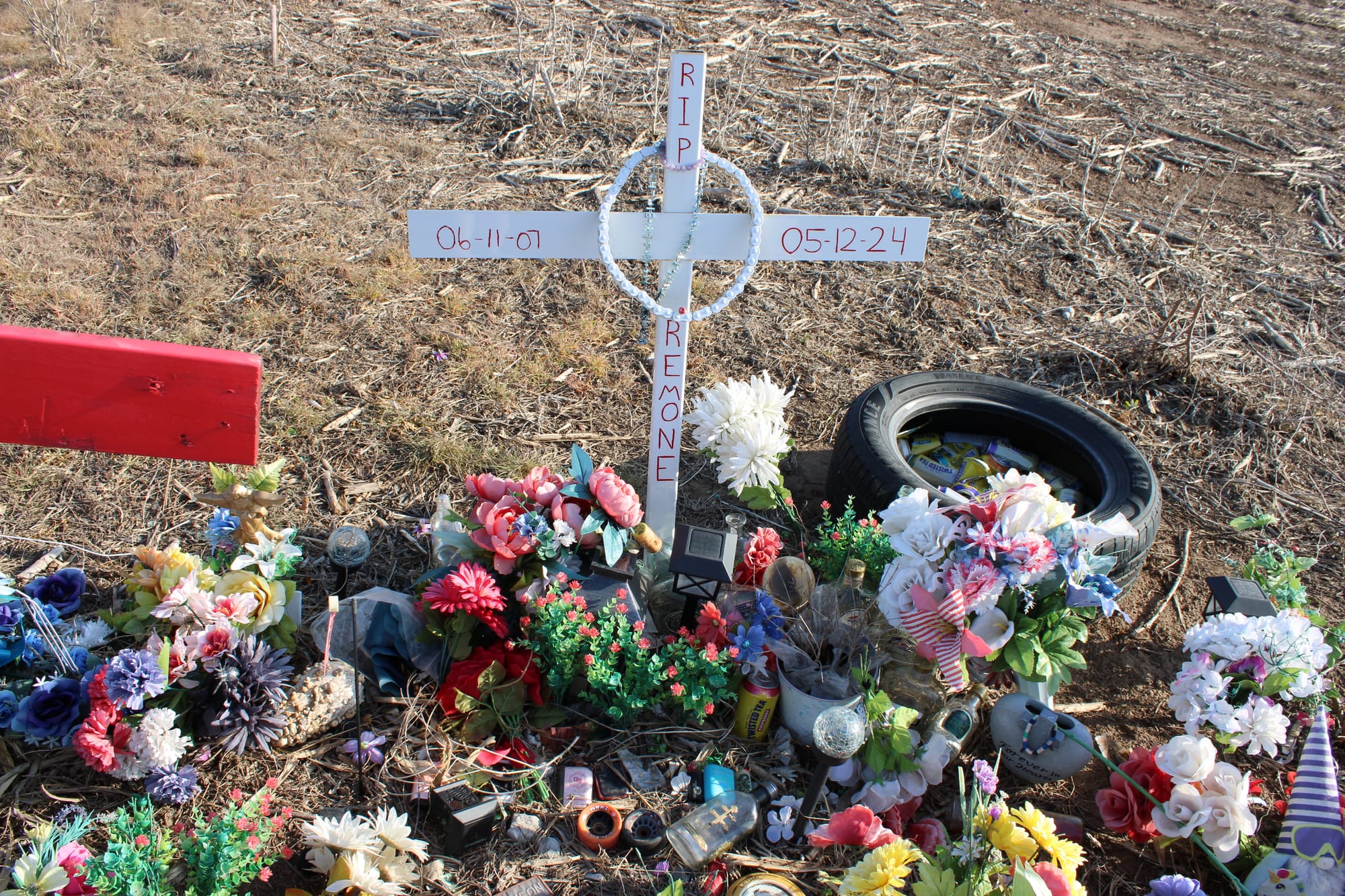By Daniel Cubias-Arteaga, Guest Writer
One day during my junior year of high school, my friend, 17, died in a car crash in front of Bishop Carroll High School. It occurred during lunch when juniors and seniors were allowed to leave the school. There were two other people in the car when it happened – his elementary-school best friend that was driving the car and his girlfriend of four years. He was in the passenger seat when a car started to turn into Bishop Carroll. The drivers weren’t able to react quickly enough. There was only one fatality.
I sat with the loss for a while, but I don’t think I ever fully understood. I went to his balloon-release memorial, his celebration of life, his burial, but it was still scary not knowing what would come next. I think about it every once in a while, but I haven’t found any answers.
A couple of months ago, there was a 12-year-old girl hit by a car near my house. I see the roadside memorial every time I am on my way home. Each time I pass it, I am reminded of my friend, who was just a few years older than her. I am reminded of the grief of losing someone so suddenly, so close to you. I can’t imagine the grief that anybody’s family would feel at the news.
Seeing the memorial so often, I became inclined to do some research on them. In this country, the origin of roadside memorials, sometimes known as Descansos (“rests” in Spanish), has roots in the traditions of early Mexican settlers of the southwestern United States. This coincides with the tradition of Dia de los Muertos in Mexican culture, a day when you remember and respect those who have passed. Each state and community has its own traditions and regulations, but generally memorials are adorned with a wooden cross, the name of the person, flowers and stuffed animals, especially at a child’s death. They are built to commemorate the last place the person was alive before death, even if they should die on the way to or at the hospital.
Coinciding with the research, I felt inclined to visit my friend’s roadside memorial, something I haven’t done in six years. It was a weird feeling knowing that I have grown, matured, experienced more of life since the last time I visited, yet he hasn’t. I stayed for a while taking in the scenery around me and trying to process all the existential questions in my head.
At the end of my visit, I didn’t find the answer, nor did I receive further insight into my fears. However, upon reflection I think my thoughts are best summed up in Job 1:21: “Naked I came forth from my mother’s womb and naked shall I go back there.”
PHOTO: Dannicka McGrath, Photo Editor
